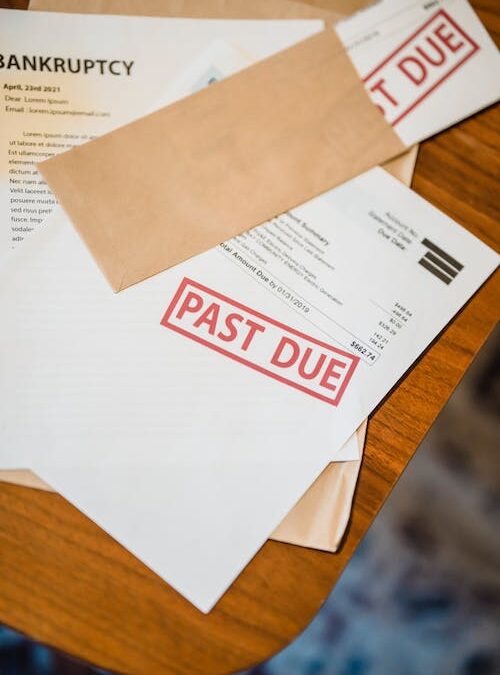Including student loan debt in a bankruptcy filing and obtaining court approval is feasible by
demonstrating undue hardship. Nonetheless, this process can be challenging. If you’re facing financial
difficulties and contemplating bankruptcy, here is a guide to determine the eligibility of your student
loans.
Can You File Bankruptcy for Student Loans?
Discharging student loans through bankruptcy can be challenging due to legal requirements that
prioritize certain debts for payment. These prioritized debts include child support, alimony, unpaid
taxes, and criminal fines. However, non-priority debts, such as student loans, may still be eligible for
release. To discharge student loans in Chapter 7 or Chapter 13 bankruptcy, you generally need
to demonstrate that the debt has caused undue hardship to you and your dependents.
Fortunately, recent guidance from the U.S. Department of Justice and the U.S. Department of Education
has aimed to improve the fairness and transparency of the bankruptcy process involving student loans.
These guidelines provide better clarity to attorneys and borrowers, helping them determine whether
they meet the criteria for discharge.
How to Get Student Loans Discharged in Bankruptcy
Bankruptcy is a complex process with significant long-term repercussions. However, if you have
exhausted all other options, it may be the only viable choice. Here are some steps to initiate the process
professionally:
• Seeking legal assistance is recommended when filing for bankruptcy, as an attorney can provide
valuable guidance throughout the process.
• Chapter 7 and 13 bankruptcy offer different approaches to debt relief and have different impacts on
credit reports; discuss with a lawyer which path suits your circumstances best.
• An adversary proceeding must be initiated to request the court to acknowledge that repaying student
loan debt would result in undue hardship.
How to Prove Undue Hardship for Student Loans
Within your adversary proceeding, you will articulate the adverse effects of your student loans by
asserting undue hardship. The establishment of undue hardship may vary across different courts and
pose challenges to meeting the criteria in any given court.
In general, courts employ two tests to evaluate whether you are indeed facing undue hardship as a
result of your student loans. Depending on the jurisdiction, there might be additional assessments used to determine your eligibility for including student loans in your bankruptcy discharge; however, the ones
mentioned earlier are the most prevailing.
Brunner Test
The Brunner Test allows for the discharge of student loans in bankruptcy, provided that the following
factors are met:
1. Poverty: The inability to maintain a basic standard of living for oneself and dependents while keeping
up with loan payments, considering income and expenses.
2. Persistence: A lack of significant changes in one's financial situation throughout the repayment
period.
3. Good faith: Demonstrated effort to repay the student debt.
Under the Totality of Circumstances Test, the court will evaluate all relevant factors to determine if an
undue hardship exists. The final decision lies with the court, based on the information provided.
Alternatives to Bankruptcy for Student Loans
There exist various alternatives to bankruptcy. If one possesses federal loans, they might be eligible for
up to four distinct income-driven repayment plans. In instances of temporary financial hardships, one
might qualify for deferment or forbearance of student loan payments. Based on one's chosen
profession, one might meet the criteria for student loan repayment assistance or even forgiveness.


